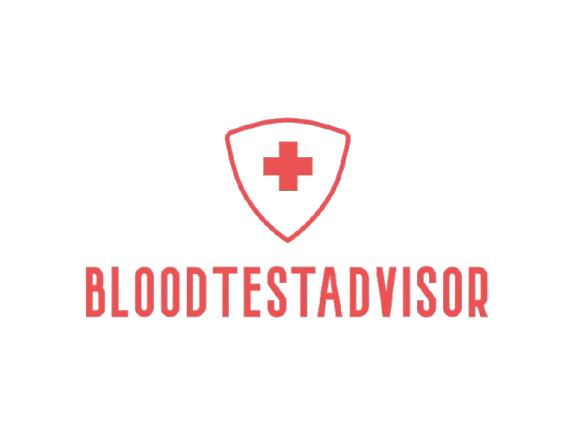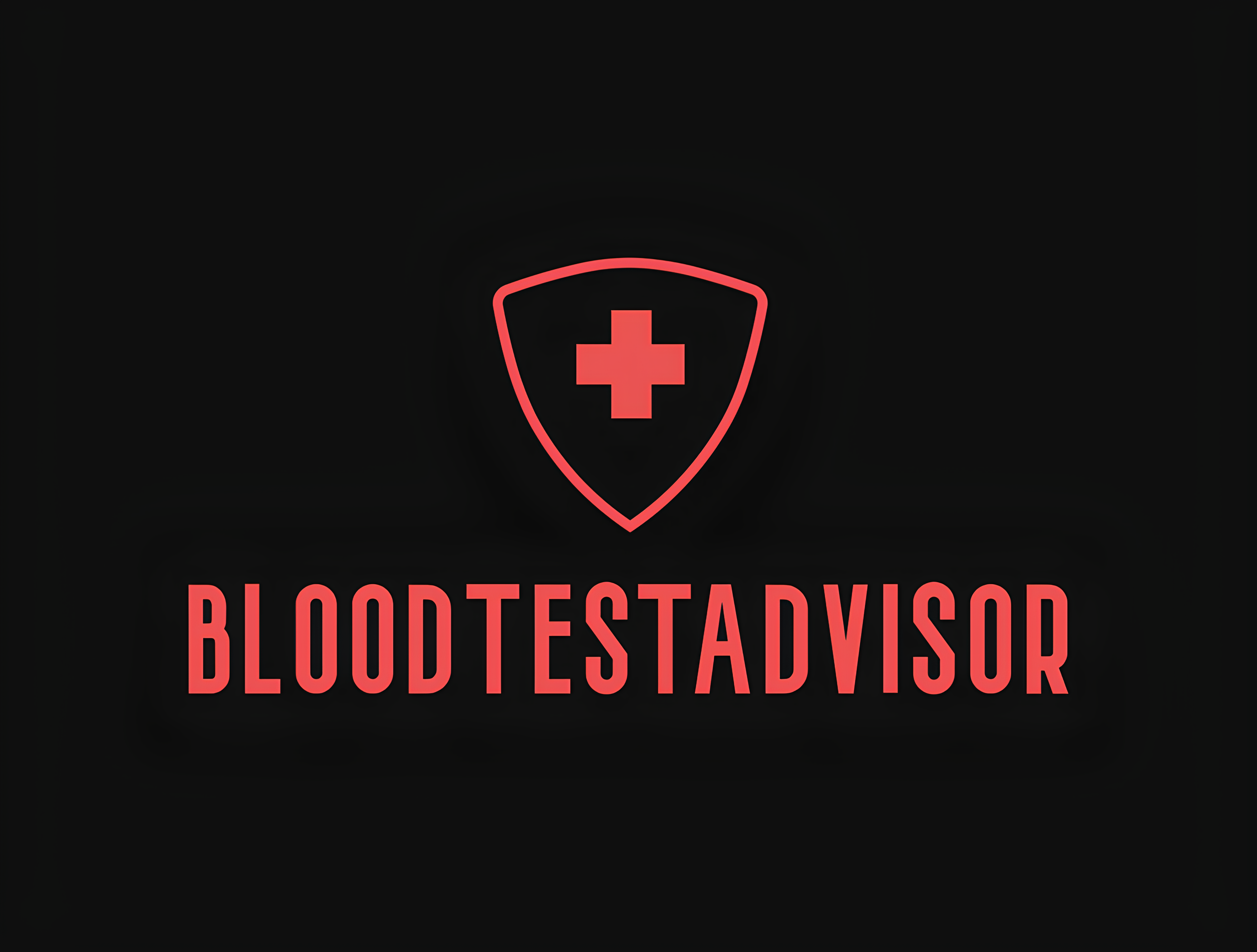Diabetes mellitus is a group of metabolic diseases characterized by hyperglycemia resulting from defects in insulin secretion, insulin action, or both.1,2 Uncontrolled diabetes can lead to blindness, limb amputation, kidney failure, vascular disease, and heart disease. It is estimated that in the next 20 years, the number of persons with type 2 diabetes will reach 44 million,. Symptoms that should prompt consideration of diabetes include polyuria, polydipsia, fatigue, blurry vision, weight loss, poor wound healing, numbness, and tingling. Classifying Diabetes Type 1 diabetes is caused by autoimmune destruction of the islet cells of the pancreas, and onset is typically in childhood. Type 2 diabetes is caused by insulin resistance and is more common in patients who are obese. thought to primarily affect adults, type 2 diabetes is now being diagnosed more often in children and adolescents with obesity. End-organ damage and complications are similar in both types of diabetes.Celebrate health and wellness with proactive diabetes testing! Stay ahead with accurate blood glucose monitoring, HbA1c tests, and early detection strategies. Regular testing helps prevent complications, manage blood sugar levels, and improve overall well-being. Take control of your health today and live your best life!”
Who Should Be tests?
Screening should be performed for asymptomatic individuals (people without obvious diabetes symptoms) if they have any of the following risk factors:
- Acanthosis Nigricans – A skin condition characterized by dark, velvety patches, often linked to insulin resistance.
- Age ≥ 45 Years – Older adults are at a higher risk.
- Antipsychotic Therapy – Those on antipsychotic medications for schizophrenia or severe bipolar disorder.
- Cardiovascular Disease or Family History of Type 2 Diabetes – People with heart disease or a close relative with diabetes.
- Chronic Glucocorticoid Exposure – Long-term steroid use can lead to insulin resistance.
- Low HDL & High Triglycerides –
- HDL cholesterol < 35 mg/dL (0.91 mmol/L) (low “good” cholesterol)
- Triglycerides > 250 mg/dL (2.8 mmol/L) (high levels of blood fats)
- History of Gestational Diabetes or Large Baby –
- Previous gestational diabetes (GDM) (diabetes during pregnancy)
- Delivered a baby weighing more than 9 lbs (4.1 kg)
- Hypertension (High Blood Pressure) –
- BP > 140/90 mm Hg or currently taking hypertension medication.
- Pre-Diabetes or Metabolic Syndrome – Impaired glucose tolerance, impaired fasting glucose, or metabolic syndrome.
- Ethnic/Racial Groups at Higher Risk – Asian, Black, Hispanic, Native American (Alaska Native or American Indian), or Pacific Islander.
- Nonalcoholic Fatty Liver Disease (NAFLD) – A condition linked to insulin resistance.
- Overweight or Obesity – Being overweight significantly increases diabetes risk.
- Polycystic Ovary Syndrome (PCOS) – A common hormonal disorder linked to insulin resistance.
- Sedentary Lifestyle – Lack of physical activity.
- Sleep Disorders & Glucose Intolerance –
- Includes obstructive sleep apnea, chronic sleep deprivation, or night-shift work.
If glucose intolerance is already present (A1C > 5.7%, impaired glucose tolerance, or impaired fasting glucose), it further increases the risk
Gestational diabetes mellitus (GDM)
- The American College of Obstetricians and Gynecologists and the Centers for Disease Control and Prevention recommend screening pregnant women in their first trimester if they have risk factors for developing type 2 diabetes or GDM, including obesity, advanced maternal age (older than 35 years), history of GDM(Gestational Diabetes Melitus), family history of diabetes, and belonging to a high-risk . However, the American Academy of Family Physicians and the USPSTF recommend screening for GDM only after 24 weeks’ gestation. Screening for GDM should be performed using a twostep 50-g non fasting oral glucose challenge test; ( The test can be done at any time of the day, regardless of the last meal. You will drink a solution containing 50 grams of glucose. A blood sample is taken one hour after drinking the solution to measure blood sugar levels, A blood glucose level of 140 mg/dL or higher at one hour may indicate the need for a more thorough test. ) (This test is a confirmatory test), if result is positive, this is followed by a diagnostic 100-g fasting oral glucose tolerance test (You need to fast for at least 8 hours before the test., A blood sample is taken to measure fasting blood sugar levels. You will drink a solution containing 100 grams of glucose. Blood samples are taken at 1, 2, and 3 hours after drinking the solution to measure blood sugar levels. Specific blood glucose levels at each time point are used to diagnose gestational diabetes or other glucose tolerance issue)
How Often Should testing for diabetes Be Done?
- Every 3 Years for individuals with one risk factor.
- Annually for individuals with two or more risk factors.
People with one or more of these risk factors should undergo regular diabetes screening, even if they do not have symptoms. Early detection helps in better management and prevention of diabetes-related complications.
Testing for diabetes
The diagnosis of diabetes can be made when classic signs and symptoms of hyperglycemia are associated with a single random plasma glucose measurement of 200 mg per dL (11.1 mmol per L) or greater. Alternatively, the diagnosis can be made with an HBA1C level of 6.5% or greater, a fasting plasma glucose level of 126 mg per dL (7.0 mmol per L) or greater, or a two-hour, plasma glucose level of 200 mg per dL or greater during an oral glucose tolerance test with 75-g glucose load2 however, testing should be repeated on a subsequent day to confirm the diagnosis. If testing results do not match the clinical picture or are inconsistent, repeat testing or testing with another modality may be helpful. HB A1C LEVEL
A1C refers to the percentage of glycosylation of the hemoglobin A1C chain and approximates average blood glucose levels over the previous two to three months from the slow turnover of red blood cells in the body. A1C was first included in the ADA guidelines as a diagnostic test for diabetes in 2010. Complications and limitations to HBA1C are, hemolytic anemias and acute blood loss can falsely lower A1C levels, whereas prior splenectomy and aplastic anemias, which increase erythrocyte age, can falsely elevate A1C levels. Hemoglobinopathies or hemoglobin variants can result in variable changes Point-of-care A1C measurements are not recommended for the diagnosis of diabetes. A1C testing should be performed in a laboratory using a method certified by the National Glycohemoglobin Standardization Program and consistent with the Diabetes Control and Complications Trial reference assay
Prediabetes (Increased Risk of Diabetes)
- Impaired Fasting Plasma Glucose:
- Blood sugar levels between 100–125 mg/dL after fasting.
- Impaired Glucose Tolerance (OGTT – Oral Glucose Tolerance Test):
- Blood sugar levels between 140–199 mg/dL two hours after drinking 75g of glucose.
- A1C (Glycated Hemoglobin Test):
- Levels between 5.7% and 6.4%.
- Diabetes Diagnosis
- A1C ≥ 6.5%:
- Fasting Plasma Glucose (FPG) ≥ 126 mg/dL
- Fasting means no caloric intake for at least 8 hours.
- Two-Hour Plasma Glucose (OGTT) ≥ 200 mg/dL
- Measured two hours after consuming a 75g glucose solution.
- Random Plasma Glucose ≥ 200 mg/dL with symptoms of hyperglycemia:
If a person has classic diabetes symptoms (e.g., frequent urination, excessive thirst, unexplained weight loss), a single random glucose reading ≥ 200 mg/dL is enough for diagnosis




We had an absolutely awesome time! Thank you very much Abdul for making our first visit to the African continent so special.
[…] Trending & Updates […]
Thanks for Commenting